After the discovery of the Guacamole, we are back to South American territory to discover the origins of our new recipe: the Pisco Sour!
A refreshing cocktail based on Pisco, green lemon and egg white, the Pisco Sour tastes in many ways! Whether you are relaxed, in the evening at the edge of the Chilean beaches; or lost in a small Peruvian bar nestled in the heart of a mountain, you will be seduced by the sweetness of this drink.
But if the good waves that accompany the tasting of this cocktail are universal, the origin of the Pisco, the main element of this drink, is nevertheless a true subject of discord between the Chilean and Peruvian peoples. The two countries actually claim its creation, its name, but also the way it is made.
To understand the origin of the Pisco Sour, dive into the History of an alcohol that divides two populations, on the background of Spanish Conquistadors and surprising anecdotes.
The origins of the Pisco
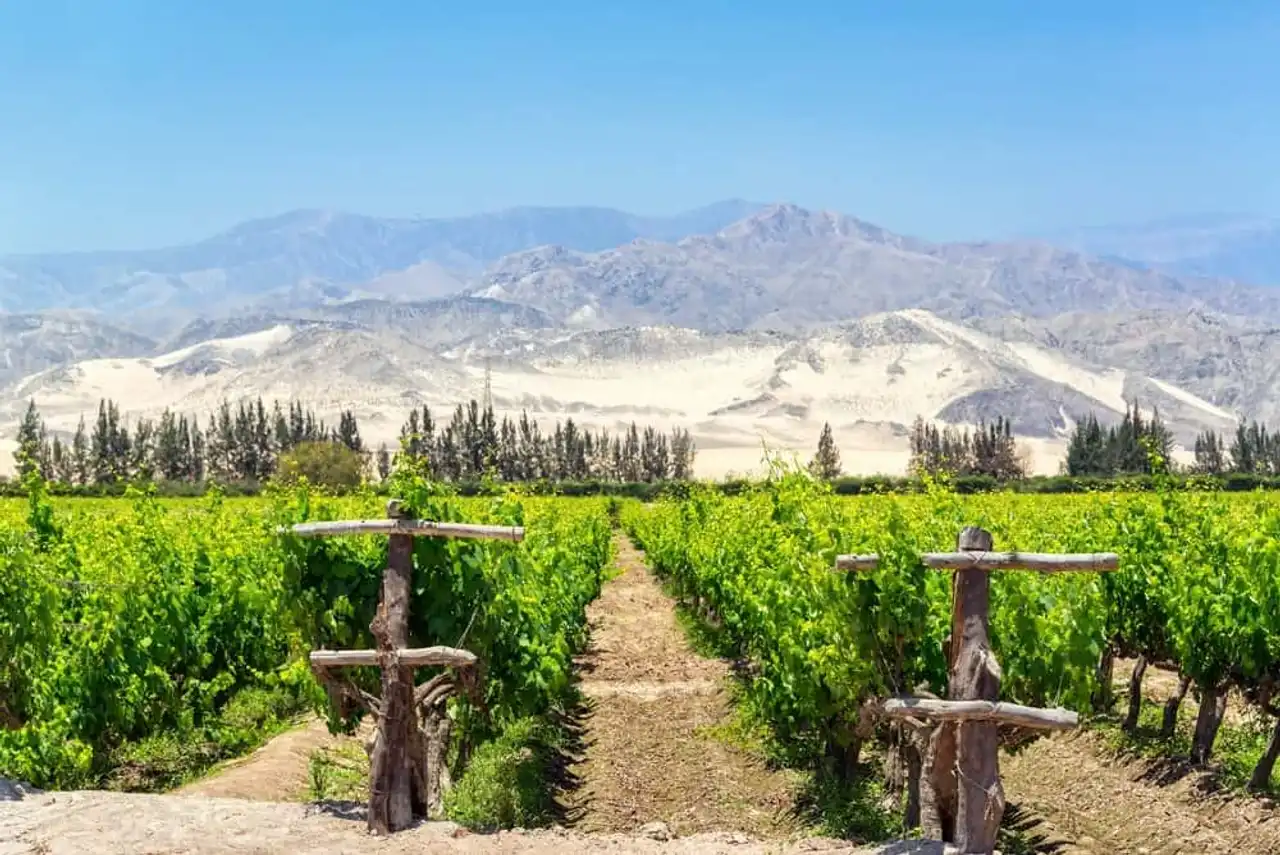
Vineyard in the region of Peru - Photo credit: Shutterstock – Jess Kraft
The wine, at the origin of the Pisco?
If the Pisco is a tasty spirit generally tasty between 35° and 45°, it would seem that it must appear to a much lighter and highly appreciated alcohol from French, wine.
Indeed, it is in the middle of the 16th century that Spanish conquerors import viticulture throughout Latin America. Very quickly, the populations already present start to produce their own wine, which turns out to be of very good quality.
Such quality, in fact, that the Spanish themselves end up importing Peruvian wine into their lands. An unacceptable situation for the king of Spain Felipe II, who then banned wine production in Latin America.
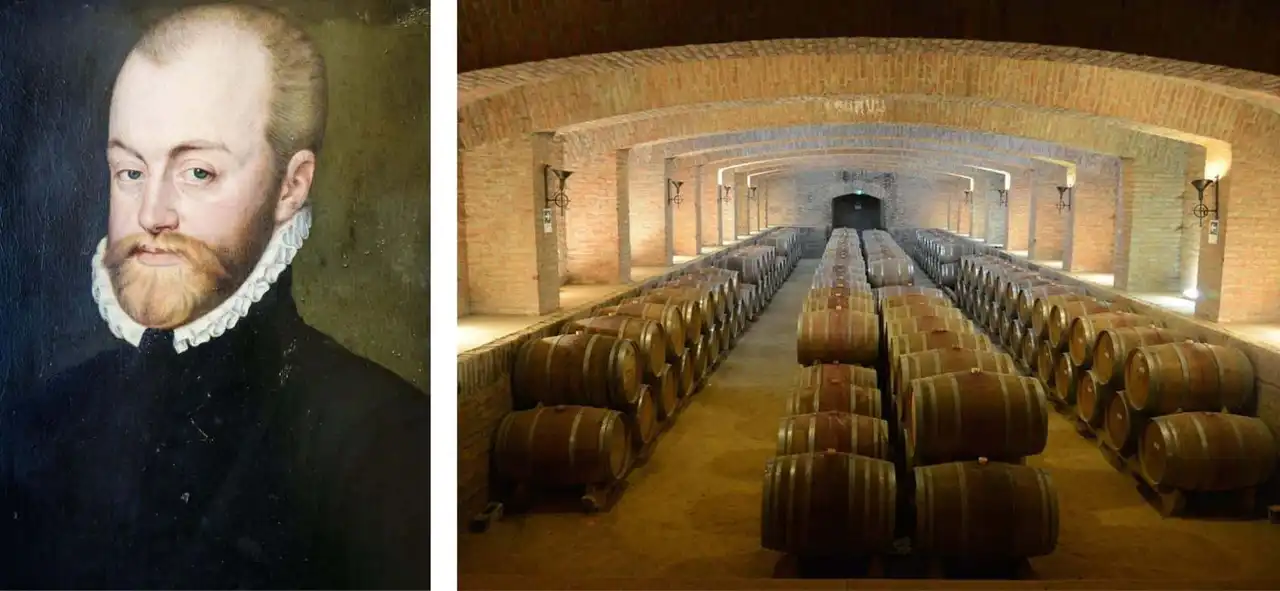
Portrait of King Felipe II / Chilean Wine Barils - Photo credit: Shutterstock – jorisvo ' A.RICARDO
The opportunity for the South Americans to test new ways of vinification, distillation, reduction and aging of the grapes, until finally a grape-based life-water is created that will take the name of Pisco a few decades later.
The origin of the name
Two assumptions are advanced to explain the name "Pisco". The first is the simplest. The Pisco would draw its name from the port from which it has been exported for centuries. A port located close to 300km south of Lima, which even derives its name from the small birds called « Pisscu » , which fly and abound the valley.
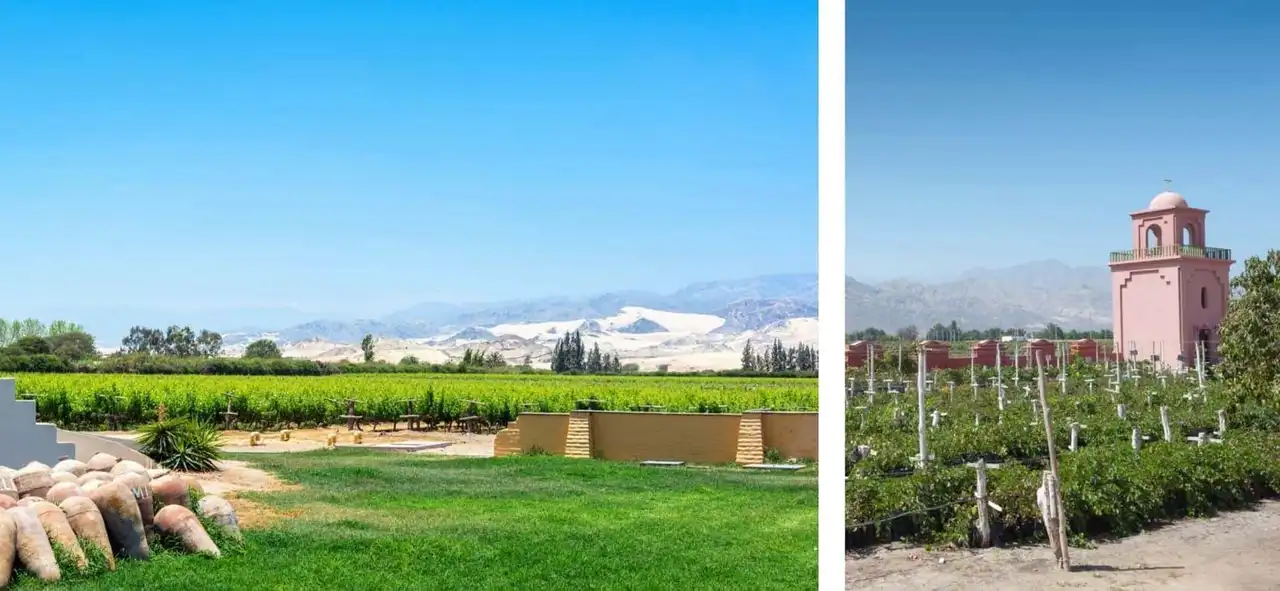
Vignobles of the Ica Valley, Peru - Photo credit: Shutterstock – Jess Kraft & Chris Howey
A second hypothesis also exists, more legendary but equally probable. More than 2,000 years ago, the population of the Paracas lived in the present region of the Pisco valley. A population of great fame, especially due to the ceramics they produced. And the potters, who worked this ceramic, were even appointed "piskos" .
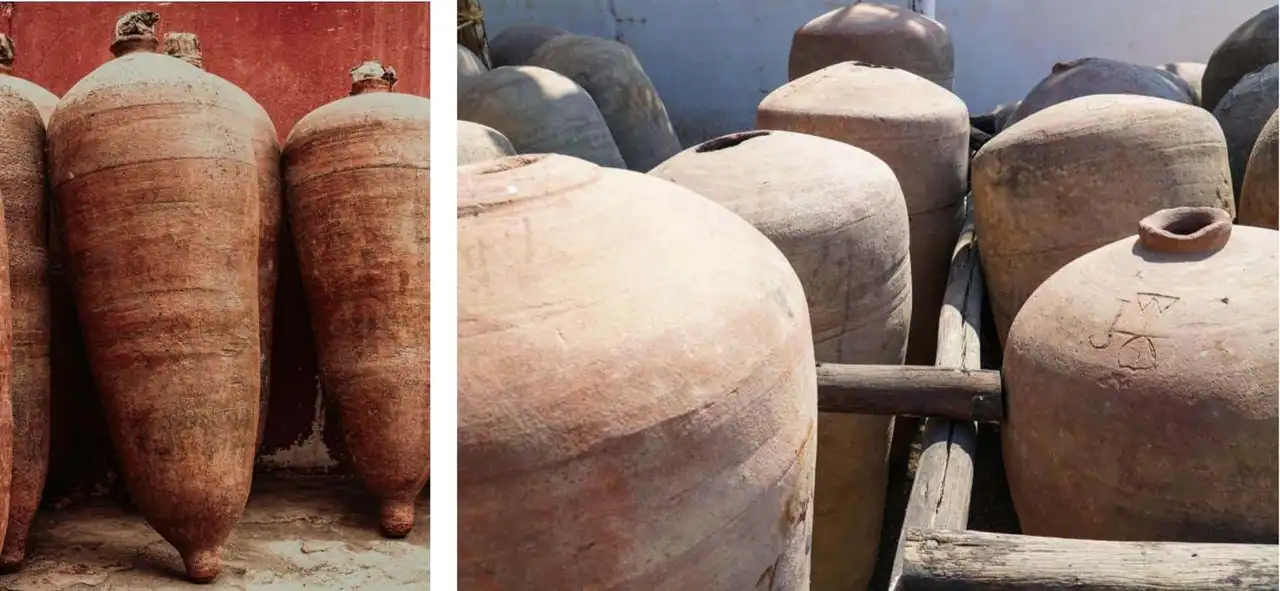
Jars used to transport the Pisco - Photo credit: Shutterstock – Milton Rodriguez & Michael L. Demmons
When used to carry any type of liquids and drinks, pottery in turn takes the name of piskos. Thus, we begin to carry grapes’ life-water into these jars, which eventually become impregnated with its odor. So, by shortcuts, the alcohol transported ended up being named “piskos”, then becoming Pisco.
Chile or Peru, the Pisco War
The first important element to be noted in order to better understand the conflict surrounding the "paternity" of the Pisco is that the two countries proclaimed the Pisco Smile like theirs national beverage . And obviously, this rivalry does not only stop at a war of cultural pride, it is also a real economic battle.
Explanations between Chile and Peru concerning the origins of the Pisco.
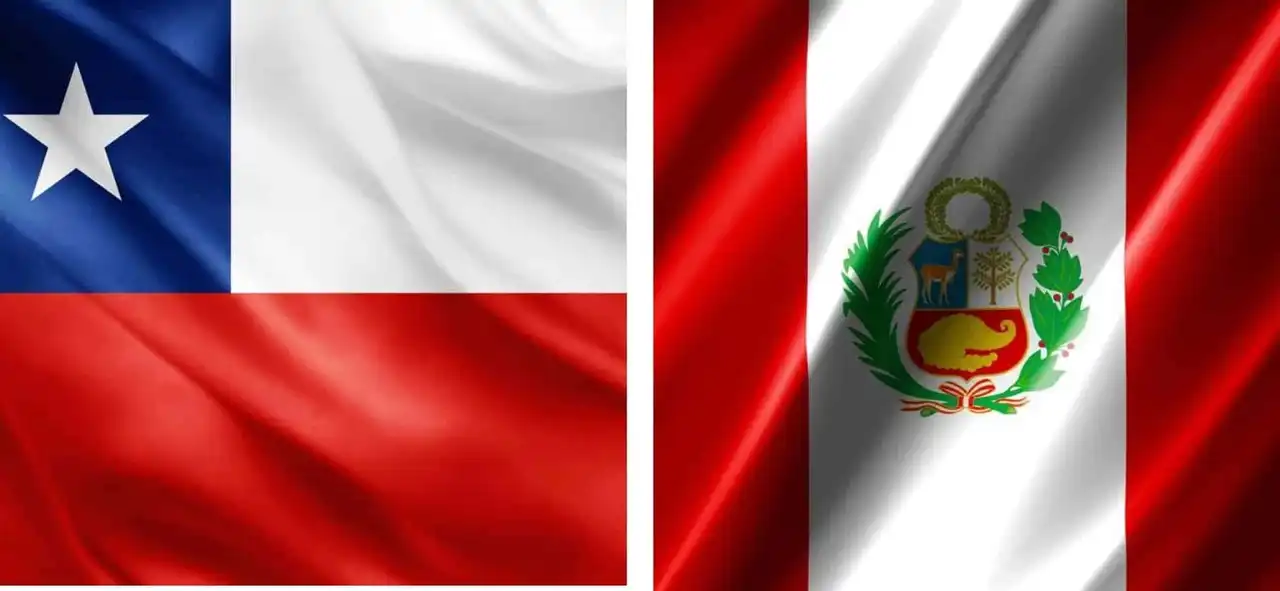
Chilean Flag vs Peruvian Flag Pisco - Photo credit: Shutterstock – patrice6000 & NaturalVideographer
Historical opposition
The first point on which Peru and Chile are unable to agree is that of the Pisco. For them, the one of the two who started the production of this alcohol can claim it as the sole supplier.
So the hunt for historical information rages. And in this common hunt, Chile seems to have taken a slight advantage, rather unexpected. Indeed, recent discoveries of the 18th century archives would attribute to Chile the “paternity” of the Pisco.
It was Argentinian Pablo Lacoste who, while searching the Chilean national archives, had found a decisive text dating back to 1733. The letter would confirm in an irrefutable manner that the first use of the term “Pisco” would be to credit a Chilean governor, Marcelino Rodríguez Guerrero, who allegedly left in his will “3 jarres de Pisco”.
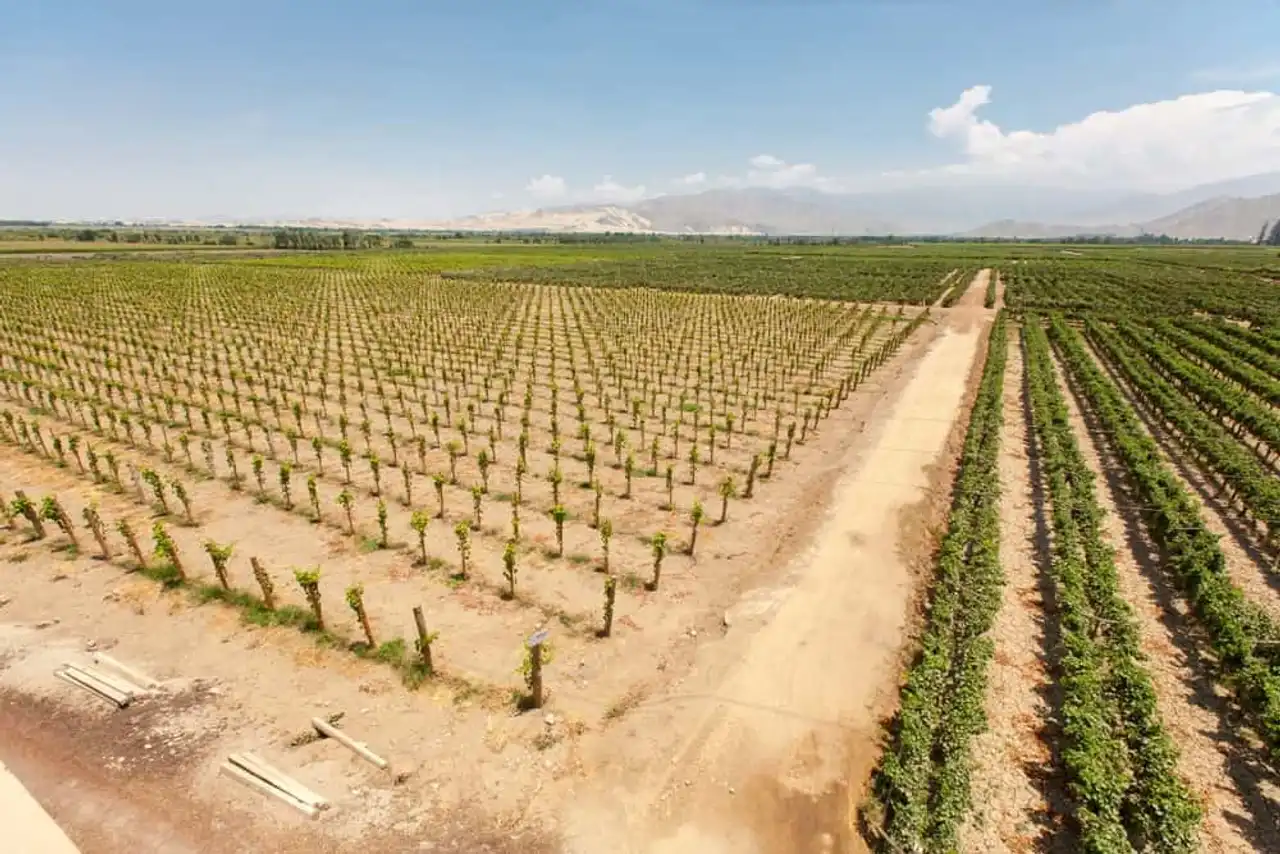
Grape planting for the production of Pisco, Peru - Photo credit: Shutterstock – Milton Rodriguez
In response to this, the Peruvian authorities in turn oppose a document from their own national archives. A new will, dated 1613, on which is mentioned “Pisco Aguardiente”, the life water of Pisco.
Only problem, Pisco is the region in which the water of life is produced, and nothing proves that this is the specific name given to this alcohol.
Economic conflict
But beyond this historic-nationalist battle, it is above all an economic conflict between the two countries in this Pisco war. And concerning the production or consumption of this drink, the Chileans are far ahead of the Peruvians.
Chile produces more than 36 million litres of Pisco every year, where Peru produces only 9 million litres. Even for consumption, since Peru consumes only 0.22 liters of Pisco per year, i.e. 10 times less than its Chilean neighbour!
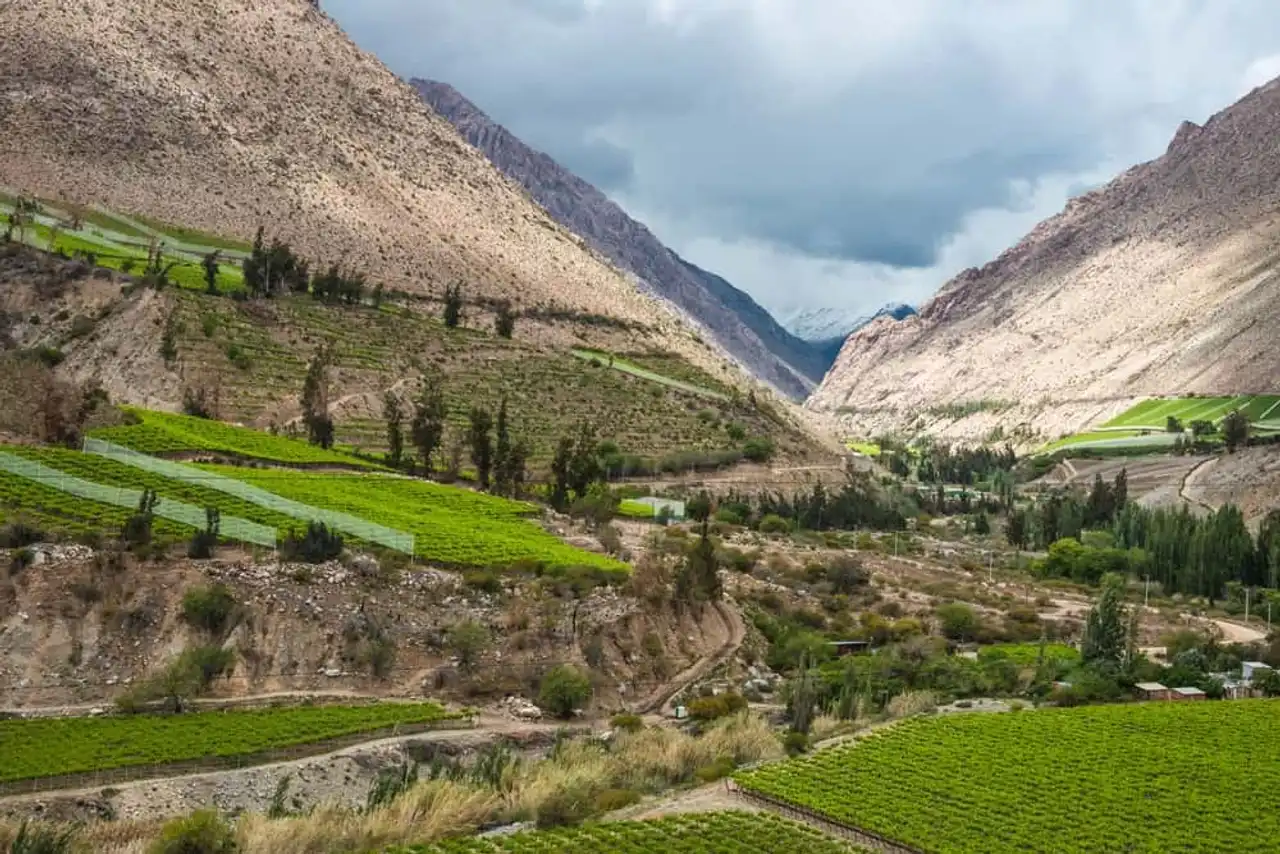
Elqui Valley, Chile - Photo credit: Shutterstock – Ksenia Ragozina
Only internationally, things are complicated for the Chilean Pisco, and competition is tough. For example, on the South American continent, all countries import only Peruvian Pisco. In the United States and the European Union, the situation is confusing. If Chilean and Peruvian Pisco are allowed, only Pisco (the Peruvian valley) is recognized as a geographical indicator.
An anecdotal battle?
We will have understood that the war between Chile and Peru concerning the Pisco is not ready to cease. Worse, the conflict seems to become a bi-national feud and grows.
Christian Pino, a Chilean TV presenter, has paid the costs. During an interview with a Peruvian producer of Pisco, the journalist spoke live on television, the "Pisco Peruano" The Peruvian pisco. An absolutely forbidden term in Chile, which recognizes as Pisco only that produced in its territory.
A mistake that made it possible for Christian Pino to be dismissed by his employer the following day, under the pressure of the association of Chilean pisco producers. The journalist was then accused of “ betraying his mission of information from the Chilean people”.
But if Chile does not recognize the Peruvian "Pisco", and this term even seems to be a blasphemy, the country is still... the largest importer in the world! Even if, obviously, it is sold under another name.
The Pisco Sour
After the evocation of all these tensions and rivalries, a glass of Pisco Sour would be welcome. Refreshing, lemony, it is one of the cocktails symbolizing the sun, holidays, relaxation...
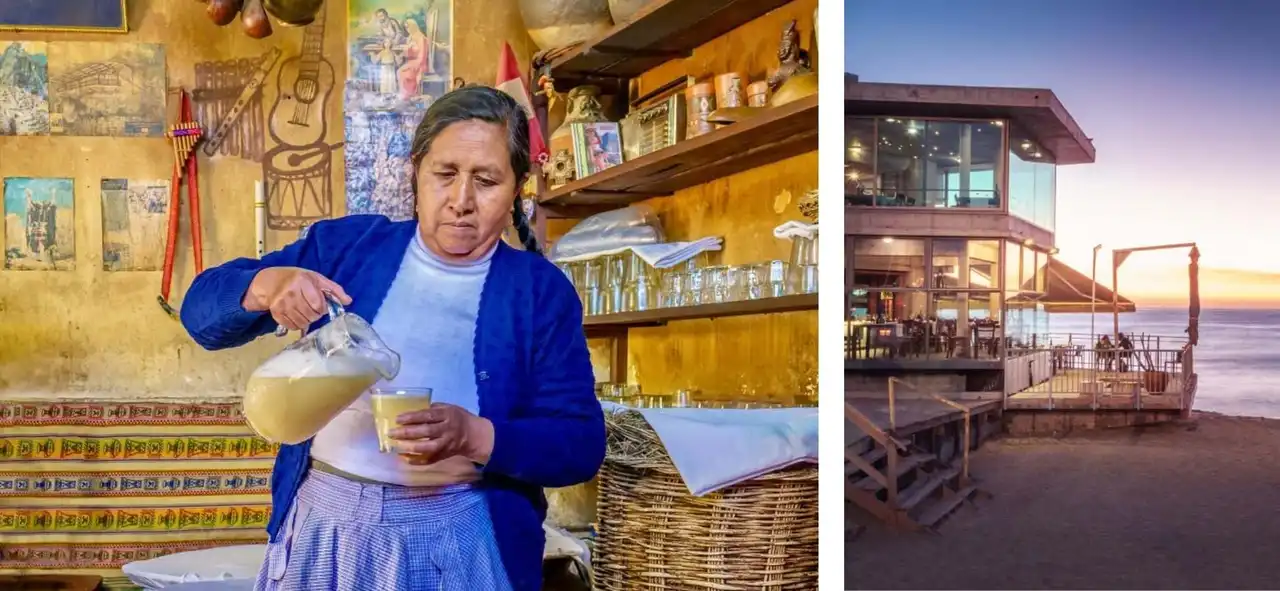
Bar lost in Urumbaba in Peru / Bar on the beach of Acapulco in Chile - Photo credit: Shutterstock – CherylRamalho & Diego Grandi
But of course again, Chile and Peru are fighting the oldness of the recipe.
Birth of the cocktail
For Peruvians, the first cocktail recipe would be dated the 1920s. An American bartender named Victor Vaughen Morris would have settled in Lima, Peru, where he would have submitted a first recipe, mixing local alcohol, Pisco, with lemon and sugar syrup. A few months later, after the service, one of his colleagues would then have added egg white for the foam, and anxiety for the color.
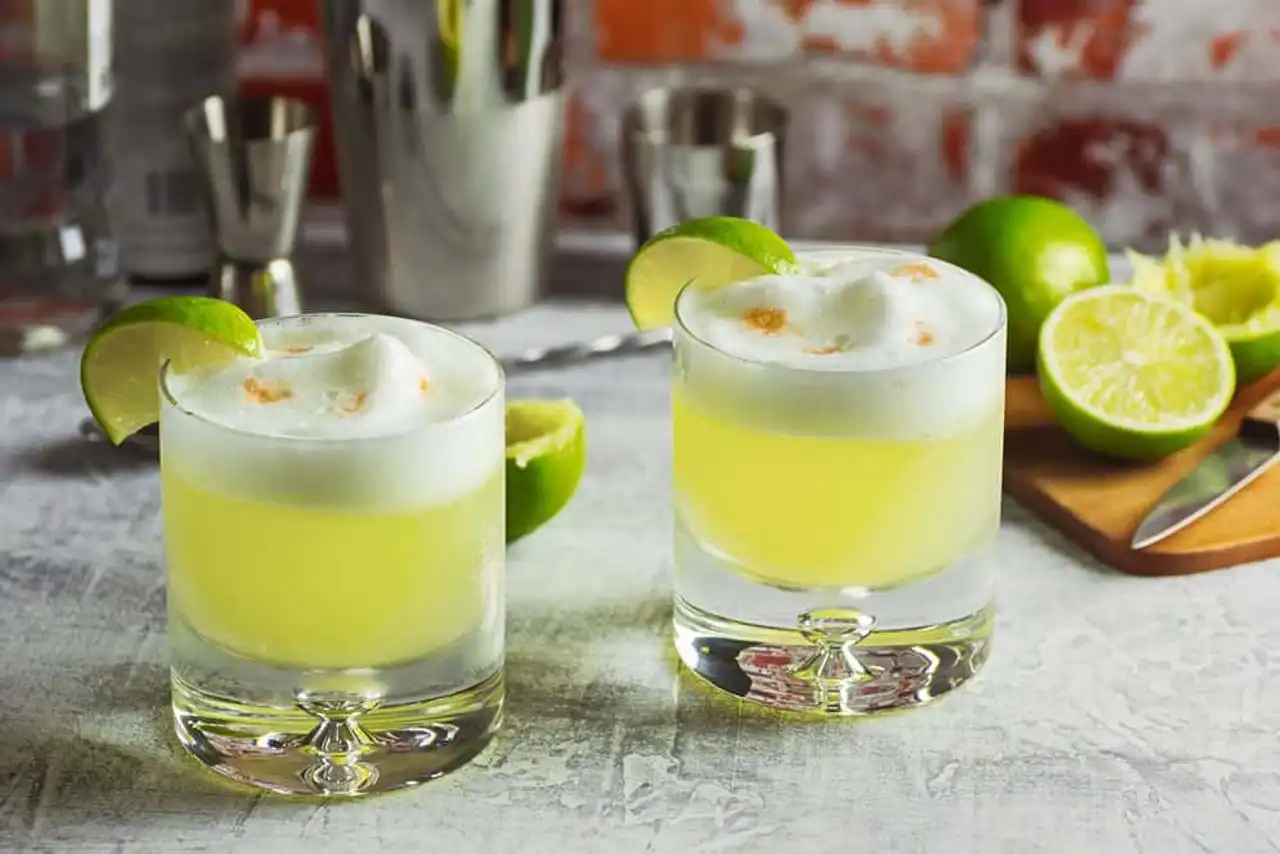
Photo credit: Shutterstock – viennetta
For the Chileans, it was Eliott Stubb, an English sailor working on a ship named Sunshine, who would have invented this cocktail with the elements present on the boat, along the Chilean coasts. Thus, Chilean sailors on board would then have brought the recipe to the territory.
Chile is also the first country to market Pisco Sour directly supplied in bottle and distributed on a large scale, and subject to several regulations. The first was, of course, to be cozy with Chilean Pisco.
Our Canadian Pisco Sour recipe
For this recipe, it is difficult to slice between Chilean Pisco and Peruvian Pisco... So we made the courageous choice... not to slice! In order for no one to be left to account, we have concocted two similar recipes at all points. One will be made with Peruvian Pisco, the other with Chilean Pisco.
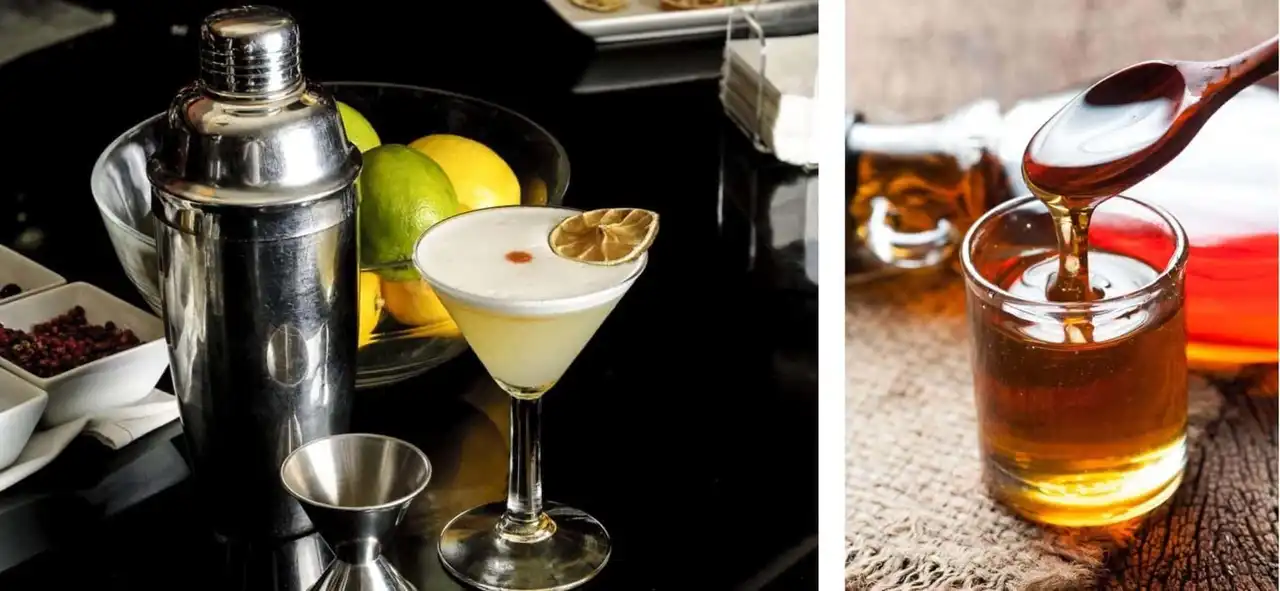
Pisco Sour / Maple Syrup - Photo credit: Shutterstock – ahau1969 & showcake. Demmons
To make the most original, we add a surprise element... Also from the American continent, we use the softness of maple syrup to replace the usual sugar syrup.
Ingredients
- 5 cl of Pisco (Peruvian or Chilean)
- 3 cl of green lemon
- 2 maple syrup cl
- 1 egg white
- A few drops of amer anguish
Steps
- Mount the egg white in snow
- Pour into a shaker
- Add the Pisco, lemon juice, maple syrup
- Mix well.
- Add a little peeled ice and then mix again
- Pour into individual glasses
- Add a few drops of bitter anguish to the foam
- Be cool
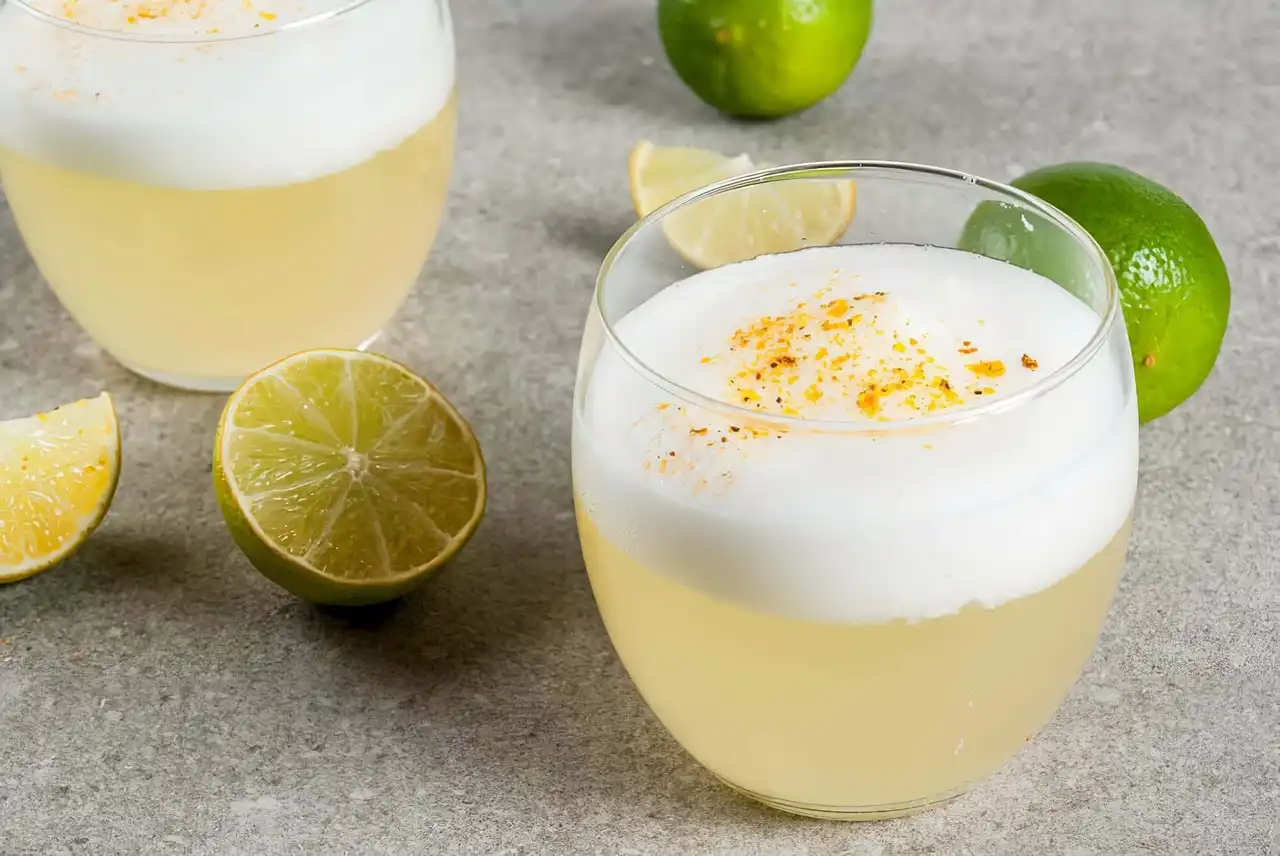





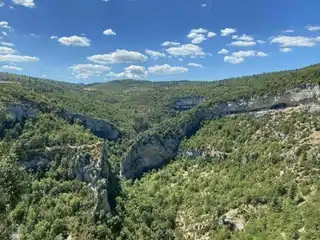

Loading comments ...